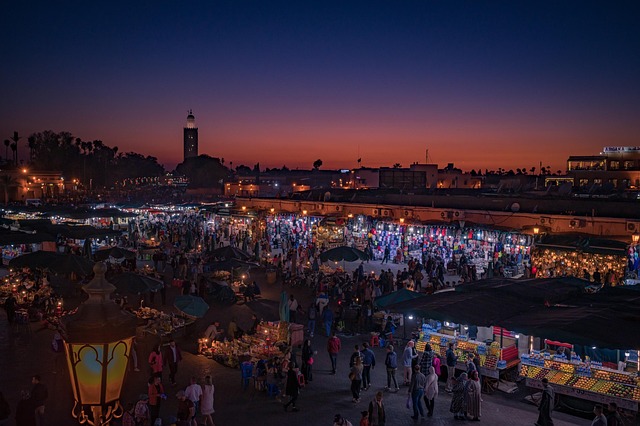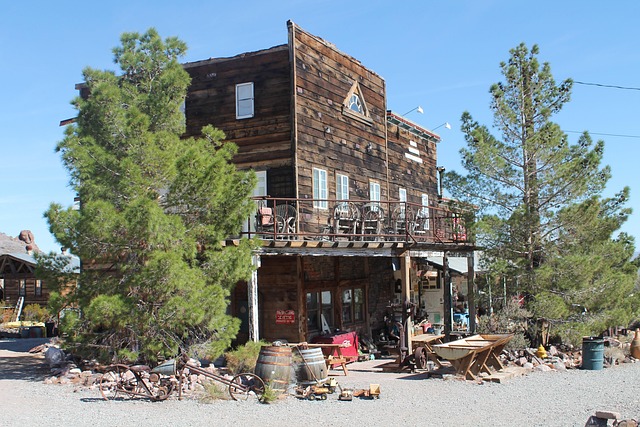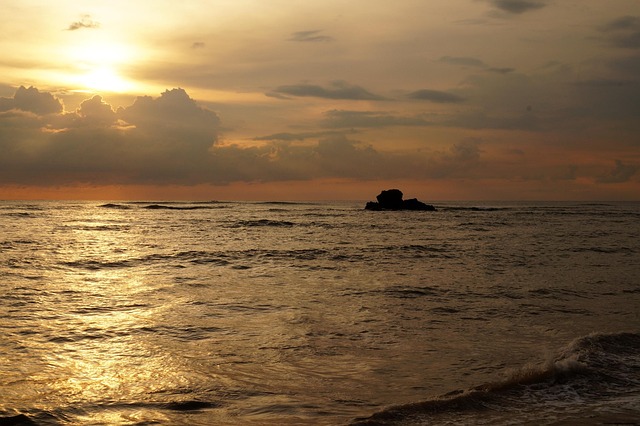A growing trend in urban development prioritizes family-friendly parks and recreation spaces, offering diverse amenities for better health, social connections, and life quality. Real estate developers embrace this shift, transforming cities into vibrant hubs with mixed-use developments integrating parks, enhancing community bonds and real estate values. This trend caters to dense urban lifestyles, fostering sustainable growth with accessible recreational spaces as a key focus.
Family parks and recreation programs are evolving, offering more inclusive experiences for all ages. This trend reflects a growing awareness of the importance of community spaces that foster connections and promote healthy lifestyles. As cities embrace this shift, real estate plays a pivotal role in shaping urban leisure areas, integrating family-friendly amenities into previously underutilized landscapes. From green spaces to community centers, these developments cater to diverse needs, redefining urban living and strengthening neighborhood bonds.
The Rise of Family-Friendly Parks and Spaces

In recent years, the concept of family-friendly parks and recreation spaces has seen a significant surge in popularity. This trend is not just a fleeting fad but a deliberate shift in urban planning and real estate development, driven by a growing recognition of the importance of quality outdoor experiences for all ages. The rise of modern family parks goes beyond traditional playgrounds; they offer a diverse range of amenities catering to diverse interests, from sports fields and walking trails to picnic areas and community gardens.
This shift reflects a deeper understanding that accessible green spaces contribute to better physical and mental health, foster social connections, and enhance the overall quality of life for residents. As real estate developers and urban planners embrace this trend, we can expect to see more communities prioritizing these family-centric spaces, ensuring that cities become vibrant hubs where families can thrive and create lasting memories together.
Recreation Programs: Enhancing Community Bonds

Recreation programs play a pivotal role in fostering strong community bonds, especially within family parks. These activities offer more than just entertainment; they create opportunities for neighbors to connect, build friendships, and cultivate a sense of belonging. In today’s fast-paced world, where real estate values often dictate the pace of life, dedicated recreation spaces become havens for cultivating social cohesion.
Through organized sports leagues, art workshops, and community events, family parks become vibrant hubs where diverse individuals gather, share experiences, and create lasting memories. These programs cater to all ages, ensuring that both young and old residents feel included, thereby enriching the overall quality of life in these areas. In essence, well-designed recreation initiatives contribute significantly to the social fabric of communities, making them more desirable places to live and visit.
Real Estate Trends Shaping Urban Leisure Areas

The real estate trends play a pivotal role in shaping urban leisure areas, transforming them into vibrant hubs for families and communities. With an increasing focus on sustainable development, developers are prioritizing open spaces and green infrastructure in urban planning. Parks, once considered peripheral, are now at the forefront of city design, reflecting a growing recognition of their value to mental health, physical well-being, and community engagement.
This shift is driven by demographic changes and evolving urban lifestyles. As cities grow denser, there’s a heightened demand for accessible recreational spaces that cater to diverse activities—from picnic areas and playgrounds to walking trails and sports facilities. Real estate developers are responding by integrating parks and leisure amenities into mixed-use developments, ensuring that modern urban living seamlessly blends with outdoor recreation opportunities.






